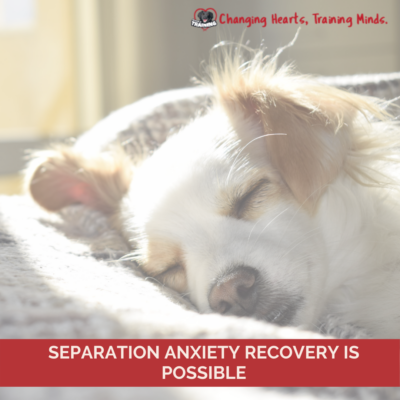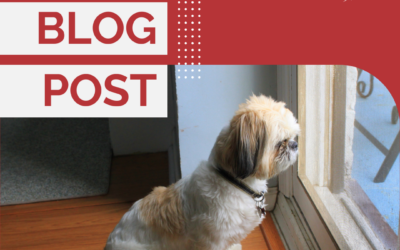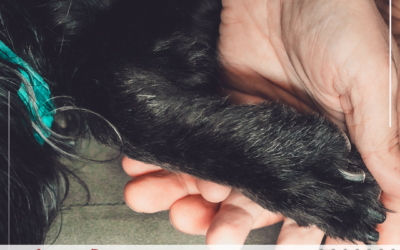One of the most common myths I encounter, from clients, other “trainers” and even some vets, is that separation anxiety is not treatable or that dogs can’t recover from it. This is completely untrue. Myself and other qualified, certified separation anxiety trainers (CSATs) and SA Pros have helped thousands of dogs worldwide recover or improve from separation anxiety. Is it easy? Definitely not. Is is possible? Absolutely.
When I have my initial consult with separation anxiety clients, we discuss the things that are critical to separation anxiety success. We also discuss about the common, quick fixes that are found online or from family and friends that not only don’t help but could make things work. In fact, those suggestions are so common that I’ve put together a free guide, 5 Suggestions That Won’t Help Separation Anxiety (and might make it worse).
5 Important Things To Do To Help Your Dog Recover From Separation Anxiety:
- Suspend ALL absences. When we’re helping dogs recover from separation anxiety, all absences need to be safe, not just some of them. This is the most critical part of training – keeping your dog feeling safe. While that may seem impossible, clients do it every single day. Download my free guide: 26 Ways To Suspend Absences
- Always move at your dog’s pace. Often new clients come to me. and tell me “I haven’t left my dog alone for very long – usually only an hour or two.” Even though that may not seem very long to us, to dogs with separation anxiety, that could be an eternity. Most dogs who come to me have a baseline safety threshold of a couple seconds – some not even that long. Throughout the process, it’s important we let the dog set the pace and break training down into bite sized pieces.
- Consider speaking to your vet. Since separation anxiety is a panic disorder, often dogs with it benefit greatly from pharmaceutical anti-anxiety medication to help make training more effective and efficient. Speak with your vet or a vet behaviorist, a vet who specializes in medications, like a doggy psychiatrist. Just like your regular doctor can prescribe you something to help you sleep, you’d likely need to see a psychiatrist if you were being treated for depression, phobias or bi-polar because they’re the specialists in medications for those diagnosis. The same is true for VBs helping dogs with anxiety, fear and aggression. There’s less than 100 of them worldwide, so ask me for a recommendation if you are looking for one.
- Expect regressions. Setbacks and ups and downs are part of the process and to be expected. Don’t view them as setbacks – view them as helpful data.
- Work with a qualified trainer. As I’ve mentioned on the blog before, training in the US is unregulated. And beyond that, many trainers try to dabble in separation anxiety without any training is working separation anxiety cases. CSATs or SA Pro trainers have completed additional training specific to sep anx, so when seeking out a trainer – look for those credentials. I am a CSAT. You can see all of my education and credentials here.
If you do these things, you’re well on your way to helping your dog recover from separation anxiety. If you and your dog are struggling with alone time anxiety, there is help. Separation anxiety can be treated. For more information on separation anxiety check my page here. You can also download some free separation anxiety resources here. If your dog has separation anxiety, you both deserve some relief, so schedule your initial assessment today!
Happy training!
![]()




